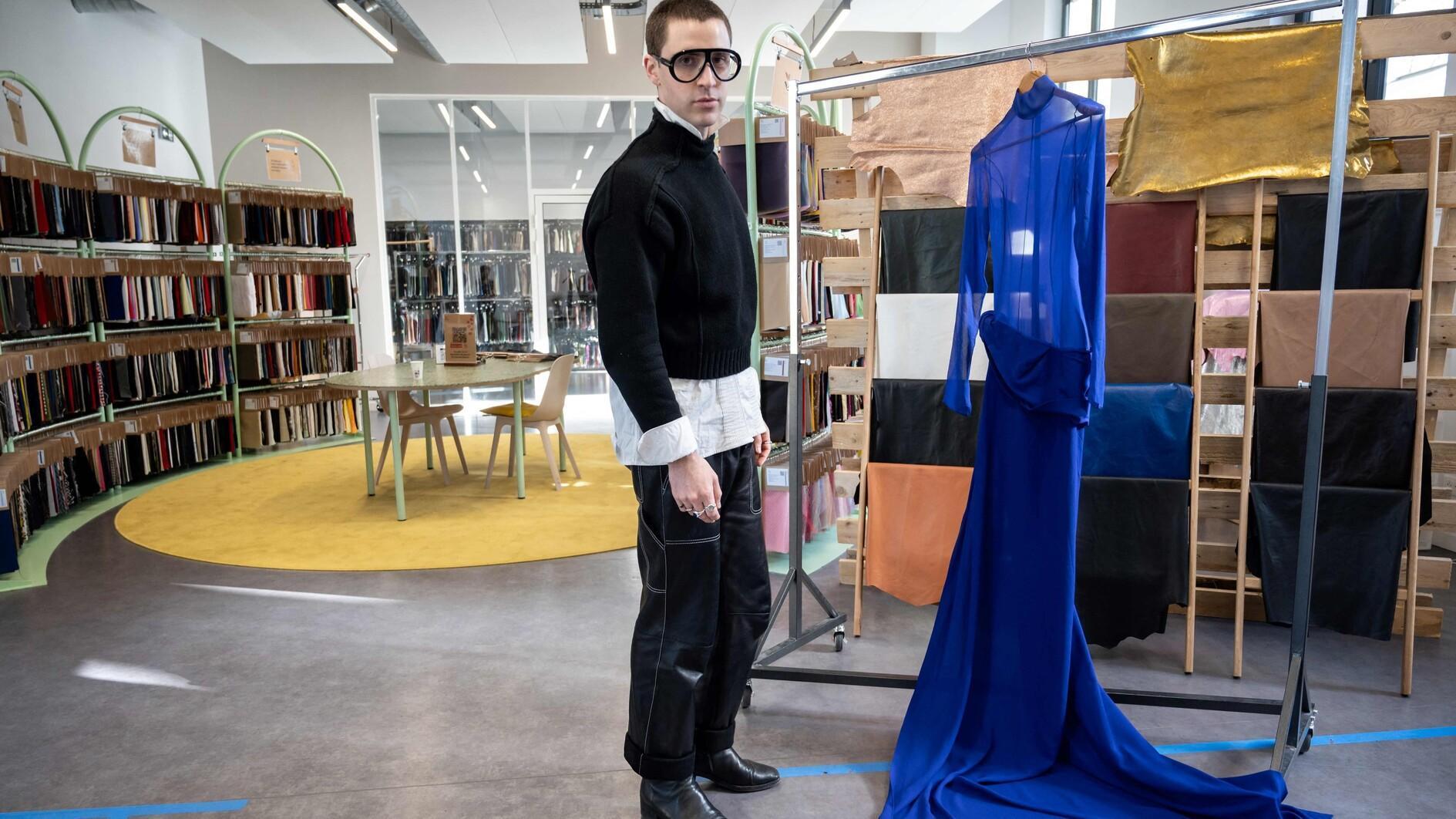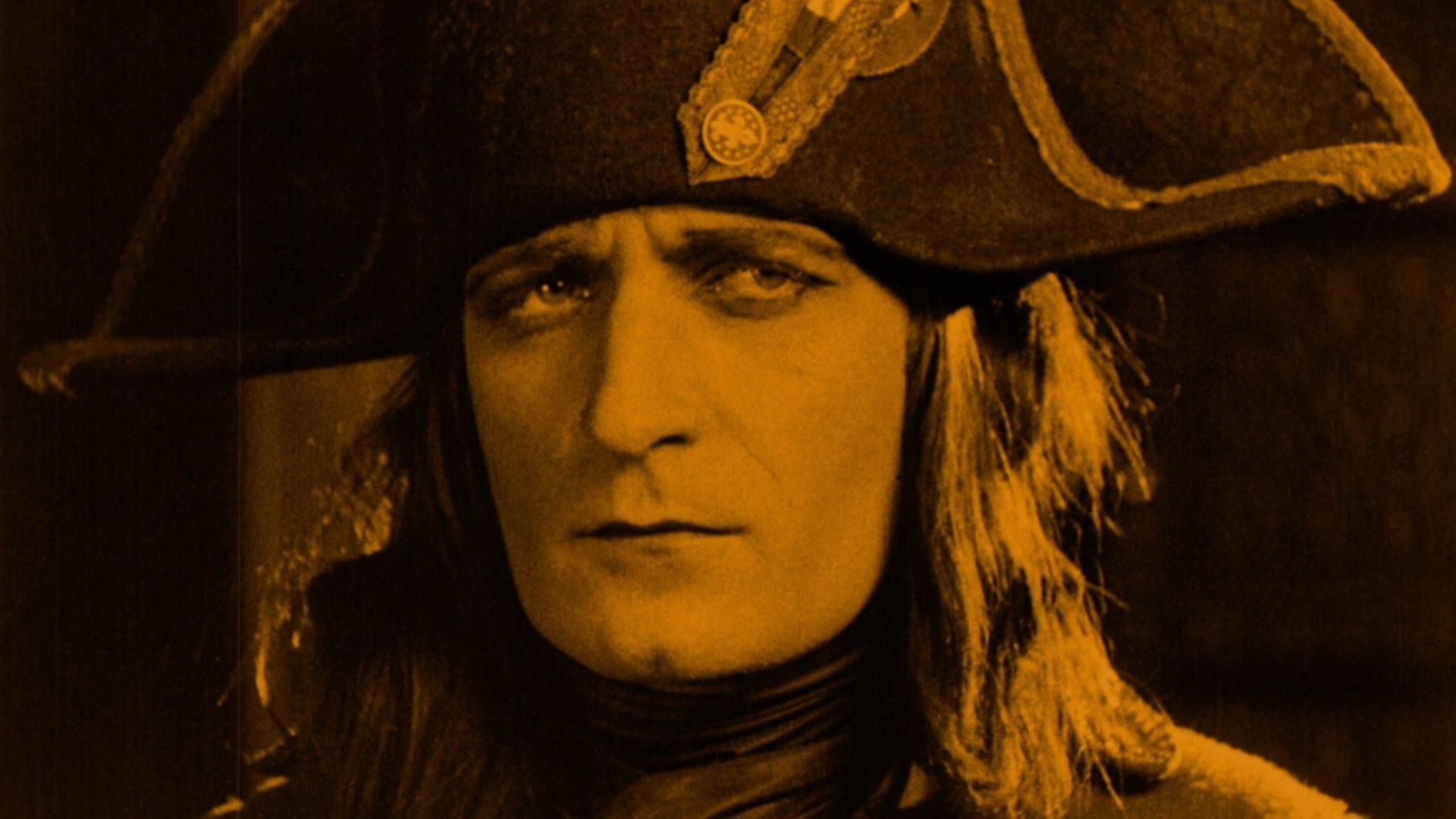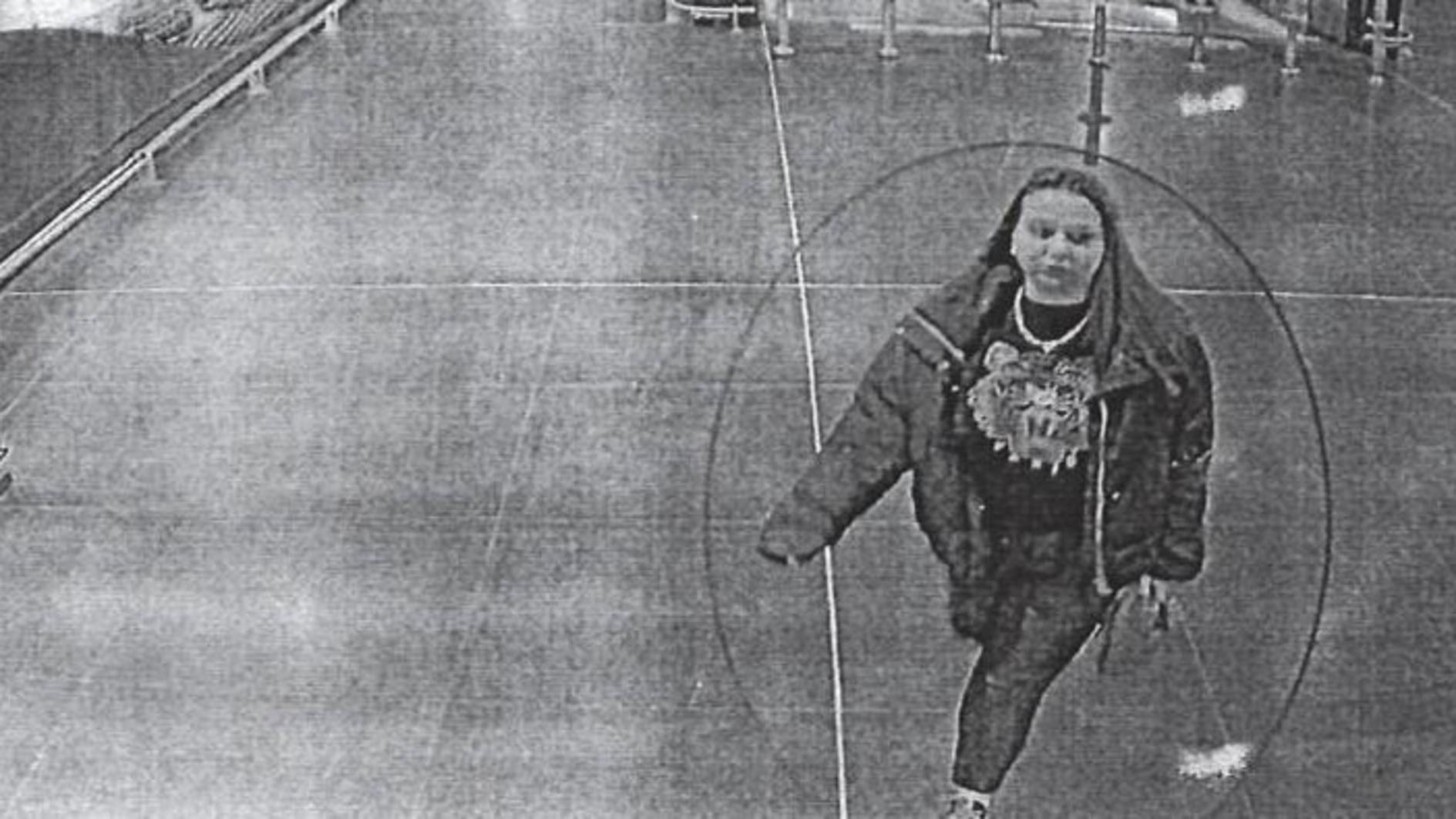Old Turkey in a new bottle
One of the ongoing controversies in Turkey is the new “Presidential Palace” President Recep Tayyip Erdoğan had built for himself in the outskirts of Ankara. The complex is simply huge, with some 1,000 rooms and a size six times bigger than that of the White House in Washington D.C. It cost Turkish tax payers $615 million according to figures given by the Finance Ministry. Nobody asked these taxpayers, however, whether they were content to spend so much money to replace the existing, and already quite fashionable and spacious, presidential palace in downtown Ankara.
Few have doubts that this new colossal palace was built exclusively for Erdoğan. In fact, the construction began as “the new prime ministry complex” when Erdoğan was prime minister. But when he was elected as president last August, the “Ak Palace,” as it is called, was suddenly redefined as the president’s new home-office (The term “Ak” stands for the color white, but also, implicitly, for the AK Party; so much for the “non-partisanship” that the Constitution demands from the president.)
Many voices within the opposition are strongly against this new palace, which is also controversial because of the land on which it sits (It was built in the very center of the Atatürk Forest Farm, an exceptionally green area between the dry steppes of Ankara, which was designated as protected land by a court decision.) Those who support the palace, on the other hand, argue the “New Turkey,” and its historic leader Erdoğan, certainly deserve such an impressive symbol of majesty.
One pro-Erdoğan journalist who has defended this line brought forward an additional argument this week, reminding the main opposition Republican People’s Party (CHP) that Mustafa Kemal Atatürk also had expensive toys, such as the MV Savarona. That was a luxury yacht, then the largest in the world, which was bought in 1931 by the Turkish Republic for the personal use of Atatürk, the unquestionable Supreme Leader of what is now called the “Old Turkey.”
This very argument, however, underlined what people like me have been saying for a while: the much-hailed “New Turkey” is increasingly looking like the “Old Turkey” of the past – only with new masters. Erdoğan seems to slowly be assuming the role of a Second Atatürk, with almost unlimited power over state and society. He gives the signs of a cultural revolution where, for example, the government defines a “national drink,” such as the non-alcoholic ayran, in response to the “national drink” promoted under Atatürk, which was beer. Meanwhile, Erdoğan’s opponents, like those of Atatürk, are branded as “traitors” and “enemies within.”
However, there is one significant difference. The masters of “Old Turkey” owed their power not to ballots, but to a non-democratic revolution and successive military coups. In contrast, the masters of “New Turkey” are in power because they are elected. Yet, unless checked by liberal principles, this “democratic” turn has the risk of turning a tyranny of the minority into a tyranny of the majority.
The masters of “Old Turkey” have little moral high ground to oppose this new authoritarianism, which is in many ways a mirror image of what they have been doing for decades. Those who do have the high ground are the ones who opposed the wrongdoings of “Old Turkey,” too. “Since we had criticized Savarona in the past,” as I wrote in a Tweet, “now we can criticize the Ak Palace.” But I also know that people who think that way are very few in number.











